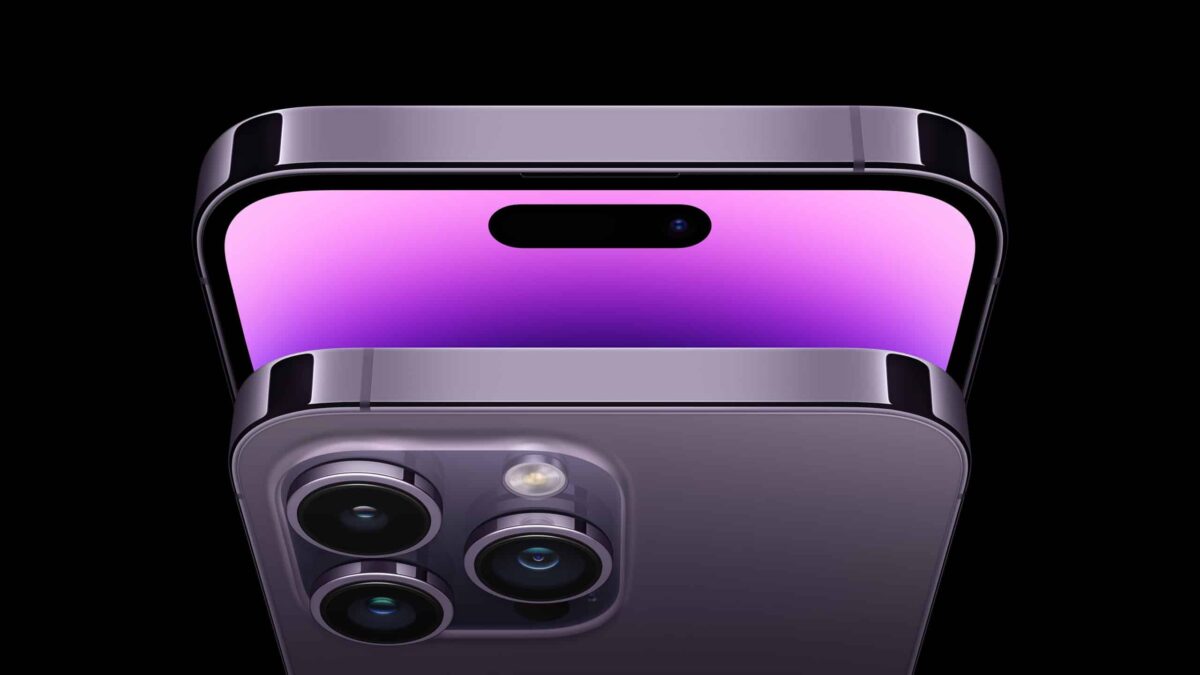Apple was reportedly working on a next-generation GPU (graphics process unit) for the A16 Bionic chip that is used in iPhone 14 Pro and iPhone 14 Pro Max. However, the plan was ultimately scrapped after “unprecedented” missteps occurred in the development process. This ultimately led Apple to base the SoC of the A16 Bionic chip on the design of its predecessor.

Apple failed to develop a next-gen GPU for iPhone 14 Pro’s A16 Bionic chip
According to a new report by The Information, Apple planned a “generational leap,” for the A16 Bionic chip GPU. Unfortunately, the engineers responsible for the development of said GPU were “too ambitious,” with adding new features. Early prototypes of the next-gen graphics processor drew more power than what the tech giant had anticipated based on software simulations. Not only did this cause the device to heat up but it also affected battery life.
Since the Cupertino tech giant discovered the mistake late in development, it had to base the graphics processor used in the iPhone 14 Pro and iPhone 14 Pro on the design of the A15 Bionic chip that was used in last year’s iPhone 13 lineup.
Sources familiar with the matter told the publication that the conundrum can be described as “unprecedented in the group’s history.” Now that this information has come to light, it explains why benchmarks for the iPhone 14 Pro models showed minimal gains compared to previous flagships.

Back when the iPhone 14 Pro models were released, a report even said that the A16 Bionic chip should have been given the A15+ moniker instead. This is because both chips feature identical designs with the A16 delivering slightly improved performance.
If Apple was successful in developing its ambitious next-generation GPU, the processor would have included advanced capabilities such as hardware-accelerated ray tracing. This can help to create realistic-looking shadows by realistically depicting the way light can reflect and refract. While this would not have meant much for the average consumer, mobile game enthusiasts would have been able to see the difference.
The report goes on to highlight how Apple has had to continually deal with losing top designers and engineers. In addition, its legal battles continue to put a strain on development.